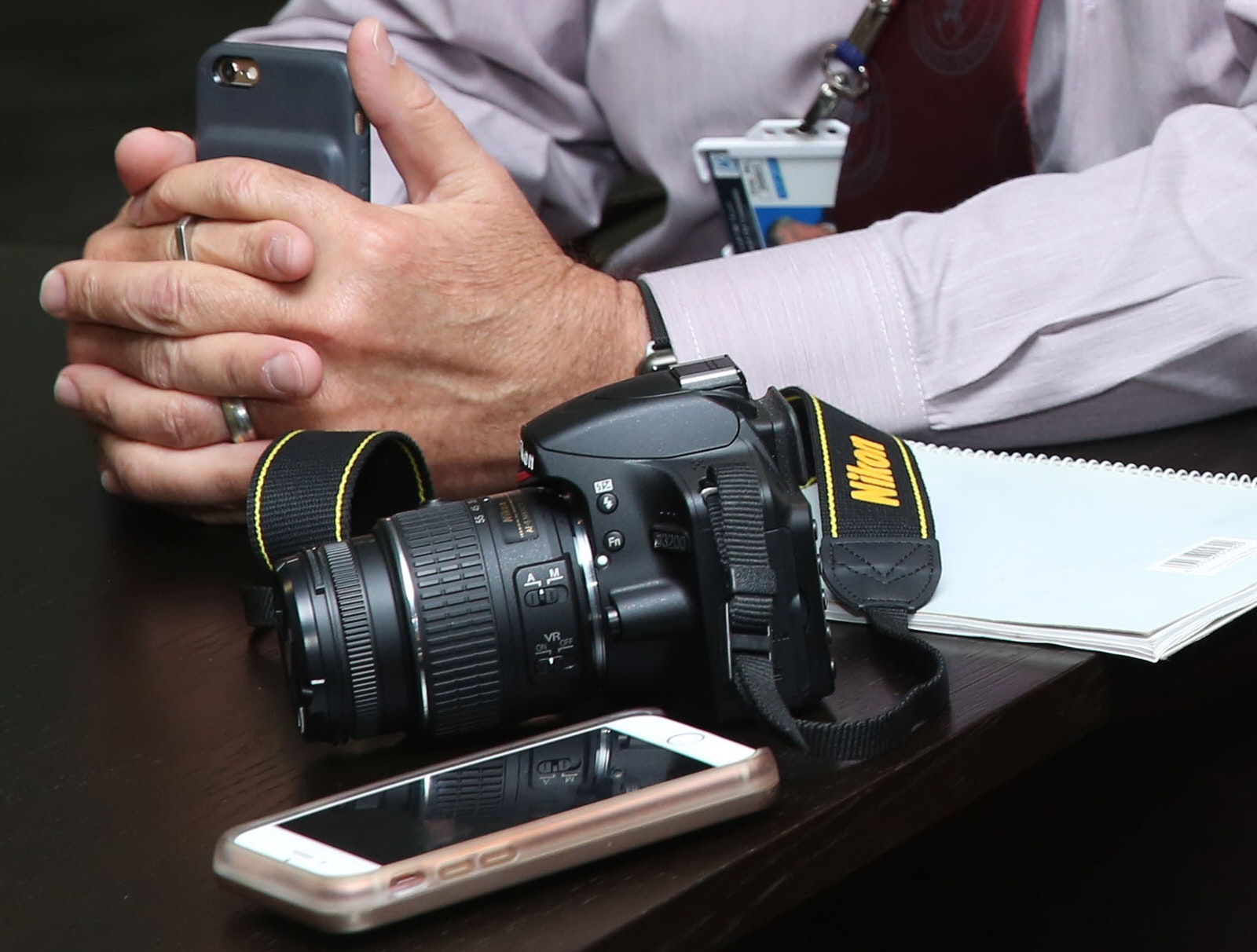Table of Contents
Taking a wonderful image can seem simple: just factor and shoot. Any person that's found out just how to take professional photos recognizes that there's a lot even more to it than that. photographs. Educating your eye to truly look and take into consideration a scene, light, and subjectswhether they be landscape, architecture, people, or objects.
The centerpiece of an image is the bottom line of passion. It could be anything from a tree, to a structure, to a person (or their eyes). Locating a strong prime focus is among the fundamental actions of how to take specialist pictures. So when you're planning or establishing up a shot, you should stop and ask yourself, "What do I see? What do I wish to concentrate on?" When you understand what your prime focus is, the guidelines of structure below will aid you produce an intriguing picture that reels in and holds the visitor's focus.

This guideline is based upon the theory that our eyes will cross an image, which putting the concentrate on a component off center will create a more vibrant structure. Relying on your electronic camera (or phone), you can establish your screen or viewfinder to show a grid in order to aid you in your make-up.
9 Easy Facts About Photography Described
Visualize there's a tic-tac-toe grid in front of your shot. That suggests 2 lines split your framework into thirds vertically, and two lines split it into thirds flat. You need to put the subject and other crucial components in your shot along these lines or at one of the four points where they converge.

Leading lines are shapes in your shot that can help guide an audience's eyes to the focal factor. You can experiment with this by firing the very same subject from above and listed below. A bird's-eye sight can make a person in your shot seem tiny, while firing from below can make it look like the exact same individual is currently towering over you.
Photography Things To Know Before You Get This
When establishing any shot, spend some time considering viewpoint and just how you want your subject matter to show up. Do not be worried to walk around your location to search for interesting angles, and see just how dramatically it can change the make-up's state of mind. Specifically when shooting digitally, try taking shots of all the angles you locate interesting.
In this type of make-up, you're de-prioritizing the various other elements in your photo, and instead you're rendering these shapes right into soft textures. The outcome is your subject will appear to really bulge of the background or apart from an obscured foreground. Framing is one more strategy made use of to develop an impressive picture: find something that can work as a natural frame for your structure, and then position your subject within it.
This type of framing can route the customer's interest to your centerpiece. Additionally, if the structure is reasonably close to the camera, it can act as a foreground layer that includes depth to your photo. Comparable to creating a bokeh impact in the background, if you manually concentrate and focus on a topic in the center ground, you can keep the structure out of focus, that makes certain it doesn't attract focus away from your focal point.
All About Photography
Consisting of a component that interferes with the pattern makes for an interesting focal point. A simple example would certainly be a picket fencing with one broken or absent picket.
If you try to lighten up points up in Photoshop, you might locate you need to make enormous adjustments, which can also lead to a low-quality picture. On the various other hand, if there's excessive difficult light in your shots, it can ruin your photo with unwanted shadows. Invest a long time carefully picking your place, time of day and the angle you shoot from to make sure there suffices light in the scene.
headshots. Professional digital photographers spend a lot of time preparing out lighting and they utilize a series of illumination devices. You do not need to invest a whole lot of cash to take the lighting in your digital photography to the following level (photography). One inexpensive tool that will certainly help you handle your lighting is a reflector.
Navigation
Latest Posts
See This Report about Photography
The Ultimate Guide To Photography